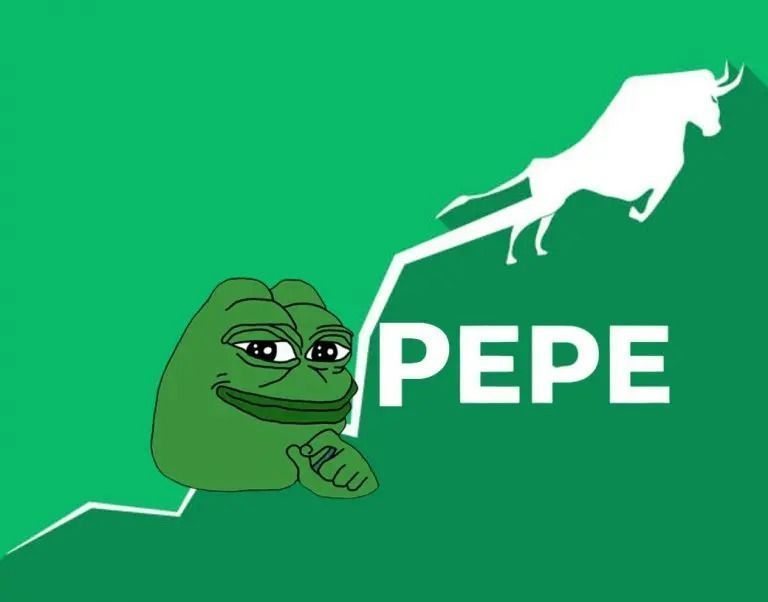The Ramayana, also spelled as Ramayan, is one of the two major ancient Sanskrit epics of Hindu literature, the other being the Mahabharata.
It is attributed to the sage Valmiki and is considered one of the foundational texts of Hinduism. The Ramayana narrates the life story of Lord Rama, the seventh avatar of Lord Vishnu, and his adventures, trials, and triumphs.
The epic consists of approximately 24,000 verses divided into seven books, known as Kandas. It begins with the Balakanda, which describes Rama’s childhood and his marriage to Sita. The story then unfolds through the Ayodhyakanda, Aranyakanda, Kishkindhakanda, Sundarakanda, Yuddhakanda, and Uttarakanda.
Besides being a gripping narrative, the Ramayana also imparts moral, ethical, and philosophical teachings. It explores the concepts of dharma (duty), devotion, loyalty, and the power of righteousness. The characters in the Ramayana, including Rama, Sita, Lakshmana, Hanuman, and Ravana, are revered figures in Hindu mythology and have become symbols of virtue, heroism, and devotion.
The Ramayana has been retold and adapted in various forms across different cultures and languages over centuries. It continues to be an important religious and cultural text in India and has had a profound influence on art, literature, music, dance, and religious practices.
But what do we see in this so called Ramayana inspired poorly and disrespectfully recreated movie with disfigured, mismatched, and distorted characters?
Lord Ram turned into Moustached Ravana. Ravana is made into Laden. Lord Hanuman is made into a maulana looking character? On top these characters are wearing white dhoti and leatherette?
What?
Why?
Since When?
What is going on?
A lot of research is needed before you can paint a movie with such inspirational larger than life real life characters. The film makers seem like bunch of newbies and clowns making a modern day game for teens.
A truly shameful, unresearched, uneducated, and callous act of making of so called independent modern day cinema. 😠👎
Netizens already reacting to this.

Another user said –



Yet another –

The influence of the Ramayana on Indian culture is profound and pervasive. It has shaped the religious, artistic, literary, and moral fabric of the country.
Here are some key aspects of its cultural impact
Religion and Spirituality: The Ramayana is considered sacred scripture by millions of Hindus worldwide. It plays a vital role in religious rituals, festivals, and storytelling. Its characters and teachings are revered, and the epic is seen as a source of spiritual guidance and moral values.
Literature and Performing Arts
The Ramayana has inspired countless adaptations in literature, poetry, drama, and dance forms across various Indian languages. Works like the Ramcharitmanas by Tulsidas, Kamba Ramayana in Tamil, and Ramayana in various regional languages have further popularized the epic.
Visual Arts
The Ramayana has been a rich source of inspiration for Indian painters, sculptors, and craftsmen. Numerous artistic renditions of scenes from the epic can be found in temple carvings, murals, miniature paintings, and other forms of visual art.
Folk Traditions and Festivals
The epic is deeply ingrained in India’s diverse folk traditions. Folk performances like Ramleela, where the story of the Ramayana is enacted through plays, are an integral part of cultural celebrations, particularly during the festival of Diwali.
Ethical and Moral Values
The Ramayana imparts moral teachings and ethical values through its characters’ actions and dilemmas. Concepts such as duty, righteousness, loyalty, and self-sacrifice are deeply embedded in the Indian cultural ethos, largely influenced by the epic.
Social and Family Values
The Ramayana portrays ideal family relationships and societal structures. It upholds the ideals of respect for parents, devotion to one’s spouse, and the importance of fulfilling one’s duties within the social framework.
Language and Education
The epic has played a significant role in the development of Indian languages, grammar, and literature. It has been used as a pedagogical tool to teach moral values, language skills, and storytelling to generations of children.
Oral Tradition and Storytelling
The Ramayana has been passed down through generations in India through oral tradition and storytelling. Storytellers, known as Kathavachaks, recite or perform the epic in villages and towns, keeping the narrative alive and engaging audiences with the profound teachings of the epic.
Overall, the Ramayana serves as a cultural touchstone in India, shaping people’s beliefs, values, and artistic expressions. It has fostered a sense of shared cultural heritage and continues to inspire and resonate with people from all walks of life.
Also Read : Priyanka Chopra keeps Indian culture alive in her US home, here’s why
Some hidden truth?
Ruining nation’s core literature and cultural heritage for minting money and spreading hidden propaganda, is it?
What a fun of world’s most ancient culture Santana dharma, and to our shock why there is no objection on the release of this movie?
Verdict
This Movie is nothing more than a Bad Cartoon Movie highlighting poorly read and distorted real life character. It is a sheer disrespect of nation’s deeply rooted, most ancient and timeless cultural beliefs.
We urge government authorities to take appropriate action and ban/reject all such movies which may negatively influence our religious, artistic, literary, and moral fabric of the country.
Author: Editorial Advisor, Apoorv Raghuvanshi







